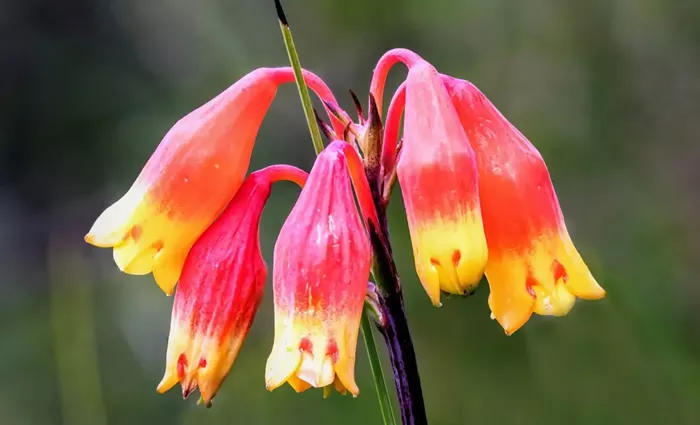Plant reproduction is a critical part of our food systems and the health of ecosystems, yet it remains a complex process. Plants have a variety of reproductive strategies: some are male or female, some have both male and female organs, and others can switch sex during their lifetime. Understanding how plant sex works is crucial for improving agriculture.
A recent study published in Nature Plants sheds new light on the reproductive strategies of flowering plants. The research focuses on Amborella trichopoda, a species that offers valuable insights into the early evolution of flowering plants.
The Importance of Amborella
The study, led by researchers from the HudsonAlpha Institute for Biotechnology and the University of Georgia, explores the genetics of Amborella trichopoda. This plant is the last surviving member of an ancient group of flowering plants that split from other species around 150 million years ago. The unique genetics of Amborella provide a key to understanding how flowering plants evolved and diversified over time.
In 2013, an international team, co-led by Professor Jim Leebens-Mack, completed the first draft of the Amborella genome, which has since become a benchmark for studying flowering plants. This work has had a significant impact on the field, with over 575 citations in scientific literature.
“The evolutionary lineage leading to Amborella diverged from all other flowering plants about 150 million years ago,” says Leebens-Mack. “This foundational genome has enabled comparative analyses to trace the genetic origins of flowering plants.”
Advances in Genome Analysis
The latest study builds on the original Amborella genome, providing deeper insights into its reproductive evolution. Alex Harkess, PhD, a former student in Leebens-Mack’s lab and now a faculty investigator at HudsonAlpha, has played a leading role in this research. He worked closely with his mentee, Sarah Carey, PhD, and other colleagues to analyze the newly assembled Amborella genome.
Reflecting on his experience, Harkess notes, “Working on the original genome project allowed me to engage with cutting-edge technologies and software to manage the vast genomic data we generated.”
Carey, who specialized in sex chromosomes during her postdoctoral research, was integral to the genome assembly. The team used advanced sequencing and computational tools to create a clearer picture of the Amborella genome.
New Discoveries About Sex Chromosomes
One of the major findings of this study was the identification of Amborella’s sex chromosomes, labeled Z and W, which are distinct from human X and Y chromosomes. The new genome assembly helped researchers locate these chromosomes and study their characteristics.
An interesting discovery was that Amborella’s Z and W chromosomes are relatively young, forming more than 100 million years after the species diverged from other flowering plants. This timing offers clues about the evolution of sex determination in plants.
In many species, including humans, sex chromosomes stop recombining over time, leading to distinct genetic features on each chromosome. The research team found evidence of suppressed recombination in Amborella, though the Z and W chromosomes still share many similarities, making the assembly of each chromosome challenging.
“Our cytogenetics-by-sequencing pipeline was crucial in identifying the point where recombination stops on the sex chromosomes,” explains Carey. This boundary is important because it likely contains genes that influence the development of male and female flowers.
Through their analysis, the team identified two key genes that may be involved in differentiating male and female plants.
Impact of the Research
The findings from this study enhance our understanding of the complexities of plant reproduction and the genetic factors that influence it. As scientists continue to explore the genetics of flowering plants, these insights could lead to advances in agriculture, supporting food security and ecosystem health.
Related topics:
- Enjoying Plant-Based Meals All Through the Holiday Season
- Invasive Heather Threatens Tongariro’s Native Plants with Rapid Spread
- Machines Battle Invasive Plants Threatening Dunes


